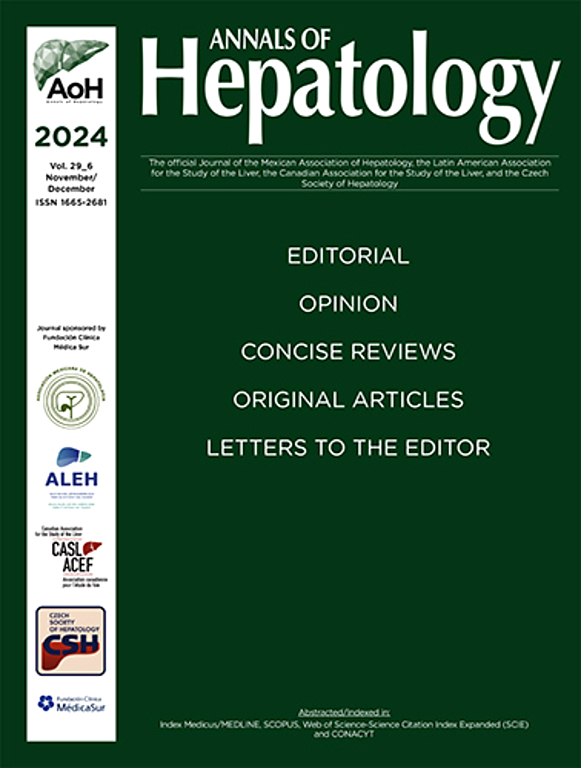Energy metabolism: An emerging therapeutic frontier in liver fibrosis
IF 3.7
3区 医学
Q2 GASTROENTEROLOGY & HEPATOLOGY
引用次数: 0
Abstract
Liver fibrosis is a progressive response to chronic liver diseases characterized by a wound-healing process that leads to the accumulation of fibrillary extracellular matrix (ECM) proteins in and around the liver tissue. If left untreated, liver fibrosis can advance to cirrhosis and ultimately result in liver failure. Although there have been significant advancements in understanding the molecular mechanisms involved in liver fibrosis, effective therapeutic strategies to reverse or halt the condition remain limited. Recent research has underscored the critical role of energy metabolism in the initiation and progression of liver fibrosis. In response to liver injury, hepatic cells undergo metabolic reprogramming to meet the energy demands of myofibroblasts. This reprogramming involves various metabolic changes, including mitochondrial dysfunction, alterations in cellular bioenergetics, shifts in glycolysis and oxidative phosphorylation, as well as changes in lipid metabolism. These modifications can disrupt cellular energy homeostasis and increase energy release, activating hepatic cells, primarily hepatic stellate cells (HSCs). Activated HSCs then stimulate fibrogenic pathways, leading to the accumulation of ECM proteins in the liver, which exacerbates the progression of fibrosis.
This review aims to explore the emerging connection between energy metabolism and liver fibrosis, focusing on the metabolic alterations and molecular mechanisms that drive this condition. We also examine the therapeutic implications of modulating energy metabolism to reduce energy release and mitigate liver fibrosis. Altering energy metabolism to decrease energy release may represent a promising approach for treating liver fibrosis and chronic liver diseases.

求助全文
约1分钟内获得全文
求助全文
来源期刊

Annals of hepatology
医学-胃肠肝病学
CiteScore
7.90
自引率
2.60%
发文量
183
审稿时长
4-8 weeks
期刊介绍:
Annals of Hepatology publishes original research on the biology and diseases of the liver in both humans and experimental models. Contributions may be submitted as regular articles. The journal also publishes concise reviews of both basic and clinical topics.
 求助内容:
求助内容: 应助结果提醒方式:
应助结果提醒方式:


